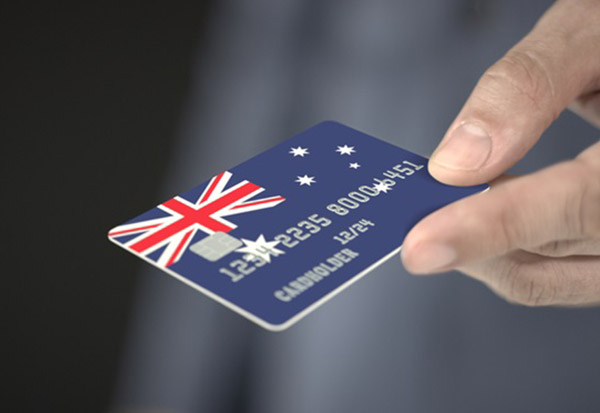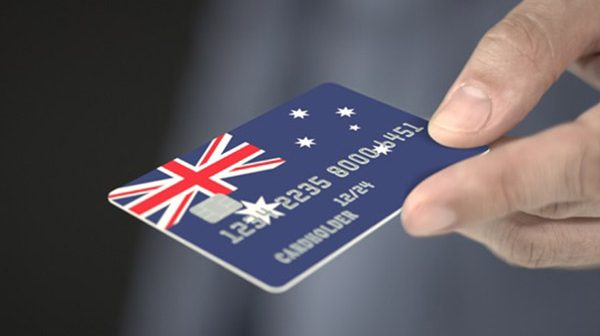
Australia has a well-developed card payment market, supported by robust payment infrastructure featuring the widespread acceptance of electronic payments. The country benefits from a nearly 100% banked population and a well-established framework for accepting various payment methods, making it one of the most developed card markets both regionally and globally. Against this backdrop, the card payments market in Australia is expected to grow by 8% to reach AUD1.1 trillion ($701.2 billion) in 2024, supported by constant consumer shift towards non-cash payments, says GlobalData.
GlobalData’s Payment Cards Analytics reveals that card payments value in Australia registered a healthy compound annual growth rate (CAGR) of 9.2% between 2019 and 2023 to reach AUD977.1 billion ($649.2 billion) in 2023.
Shivani Gupta, Senior Banking and Payments Analyst at GlobalData, comments: “The Australian payment card market continues to evolve at a robust pace, with each individual holding over two cards as well as high frequency of card payments, which stands at 229.2 in 2023, the highest in the Asia-Pacific region. The surge in payment card usage is attributed to the convenience of electronic payments, a strong POS infrastructure, the growth of the ecommerce market, and high consumer preference for contactless payments.”
Contactless card payment has become a mainstream payment in Australia and is widely used, as consumers favor contactless cards for low value day to day transactions. Backing from banks and financial institutions has made contactless mainstream payment method in Australia which is accepted by most retailers.
According to the Reserve Bank of Australia’s 2022 Consumer Payments Survey, contactless card payments are used widely by Australian consumers, making up 95% of in-person card transactions in 2022, up from roughly one-quarter in 2013. This has also driven the use of card payments even for low-value transactions, which were previously dominated by cash. According to the survey, more than 70% of low value payments worth AUD10 ($6.64) or less were made using payment cards in 2022 – up from nearly 50% in 2019.
Among the card types, debit cards accounted for 58.4% of the overall card payment value in 2023. Amid the economic slowdown and high inflation, consumers are increasingly spending within their means rather than relying on debt, resulting in the higher usage of debit cards. Subsequently, the frequency of debit cards use in Australia stands at 238.9 in 2023 – the highest compared to its regional peers Singapore (85.4), South Korea (64.4), New Zealand (52.4), Malaysia (32.3), Hong Kong (China SAR) (28.6), China (20.0), and India (3.5).
Credit and charge cards are also not that far and accounted for 41.6% share of card payments by value in 2023. However, their share has been declining from 48.7% in 2019, primarily due to consumer reluctance towards taking credit-card debt, and growing popularity of alternate financing options such as buy now, pay later (BNPL).
Gupta concludes: “Australia’s card payments market is well developed supported by high consumer preference for electronic payments, and well-developed payments infrastructure. Although the economic slowdown posed some challenge in short run, the market is expected to rebound and is anticipated to grow at a CAGR of 6.6% between 2024 and 2028 to reach AUD1.4 trillion ($906.4 billion) in 2028.”






